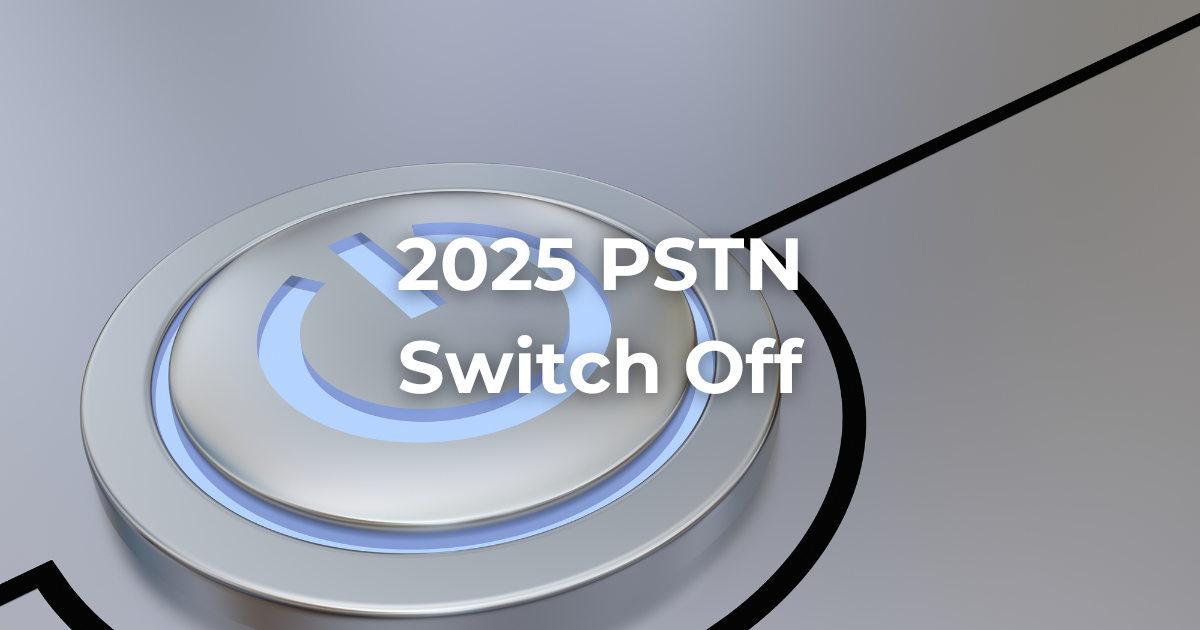What is the 2025 PSTN Switch Off?
PSTN has connected global calls for over a century. It symbolizes a period of great innovation and unity. It’s key for both personal and business communication. By 2025, PSTN will transition to digital technologies. This change highlights a move towards more efficient platforms. Technologies like VoIP, and 5G will lead this shift. The end of PSTN services supports a digital future. It aims for better connectivity and new telecom innovations.
The Dawn of the Digital Communication Era
The dawn of the digital communication era marks a pivotal shift from traditional PSTN systems to advanced digital platforms like VoIP, LTE, and 5G technologies. This evolution is driven by the relentless pursuit of more efficient, high-quality, and feature-rich communication methods. Unlike PSTN, which relies on analog signals and physical infrastructure, digital technologies use internet protocols and wireless networks to transmit data, offering superior clarity, speed, and reliability. The transition is fueled by digital technology’s ability to integrate with a myriad of services—video calls, messaging, and internet services—on a single platform, enhancing user experience and productivity. Moreover, digital networks offer scalability and cost-effectiveness, addressing the growing demand for bandwidth and reducing maintenance complexities associated with aging PSTN infrastructure. This move to digitalization underscores society’s shift towards prioritizing connectivity, speed, and efficiency, highlighting the inevitable PSTN switch off for superior communication solutions.
Why 2025? Understanding the Timeline
The selection of the year 2025 for the PSTN switch off is not arbitrary but a calculated decision influenced by several key factors. Industry leaders and policymakers have pointed to the convergence of technological readiness, infrastructure modernization, and regulatory frameworks as pivotal in setting this timeline. By 2025, the widespread adoption of digital communication technologies like VoIP, LTE, and 5G is expected to reach a maturity level sufficient to replace the aging PSTN infrastructure comprehensively. This timeline also allows for a transitional period for businesses and consumers to adapt to the new digital landscape, ensuring minimal disruption to communication services. Policymakers highlight 2025 as a key year aligning with digital goals to boost connectivity, inclusivity, and economic growth via innovative communications. The consensus among industry leaders is that this timeline provides a clear horizon for stakeholders to prepare for a future defined by advanced, efficient, and more sustainable communication ecosystems.
Preparing for the Transition
As the 2025 PSTN switch off approaches, businesses and consumers must take proactive steps to ensure a seamless transition to digital communication platforms. The cornerstone of preparation lies in updating existing equipment to support VoIP, LTE, or 5G technologies. This might involve investing in compatible hardware or software that can handle digital communications, ensuring continuity of service post-switch off. Equally important is exploring new service providers who specialize in digital communication solutions, offering enhanced features such as improved call quality, video conferencing, and integrated communication services. Understanding the benefits of these digital platforms is crucial; they not only promise greater efficiency and reliability but also offer scalability and flexibility to meet the evolving needs of users. By familiarizing themselves with the digital landscape, evaluating their communication needs, and making informed decisions, businesses and consumers can navigate the transition smoothly, unlocking the full potential of next-generation communication technologies.
The Future Beyond PSTN
Post-2025, the landscape of communication technologies is poised for groundbreaking innovations, with Artificial Intelligence (AI), the Internet of Things (IoT), and other advanced technologies playing pivotal roles. The integration of AI into communication systems promises not only smarter, more efficient networks but also the emergence of sophisticated services like real-time language translation, voice recognition, and personalized communication experiences. IoT’s expansion will further blur the lines between digital and physical worlds, enabling seamless communication between a myriad of devices, from smart home appliances to industrial sensors, fostering an interconnected ecosystem that enhances everyday life and operational efficiency. Moreover, the advent of quantum computing and blockchain could revolutionize data security and privacy in communications, offering unprecedented levels of encryption and trust. These innovations suggest a future where communication is not merely about connectivity but encompasses a holistic, intelligent, and integrated experience, reshaping how we interact with technology and each other.
Summary
The PSTN switch off symbolizes a significant milestone in the evolution of communication technology, marking the closure of a chapter that began with the inception of telephony and, consequently, ushering in a new era dominated by digital platforms. This shift from analog to digital is more than a tech upgrade; it’s a transformative change reflecting our evolving digital-first communication, sharing, and engagement dynamics. Moreover, the importance of this shift cannot be overstated; it necessitates a holistic adaptation by businesses, consumers, and policymakers alike to embrace the opportunities and challenges of digital communication technologies. Forward-thinking is crucial, urging stakeholders to predict trends, invest in skills and infrastructure to stay ahead. The switch off is a clarion call to action, additionally urging us to reevaluate and reinvent our communication strategies to thrive in the future. Embracing this change with openness and agility is key to leveraging the full potential of digital connectivity.
What Now?
As the digital horizon expands, the upcoming PSTN switch off serves as a pivotal reminder for us all to embrace change and prepare for the future of communication. This transition is not just an end but a gateway to new possibilities. Now is the time to seek out information, understand the emerging technologies, and adapt to the evolving digital landscape. Embracing these changes will ensure that we remain connected, not just with each other, but with the future itself. Let’s view this as an opportunity to innovate, to enhance our connectivity, and to participate actively in shaping the next generation of communication. The future is digital, and by preparing now, we can make this transition smoothly and seize the vast opportunities that lie ahead.


